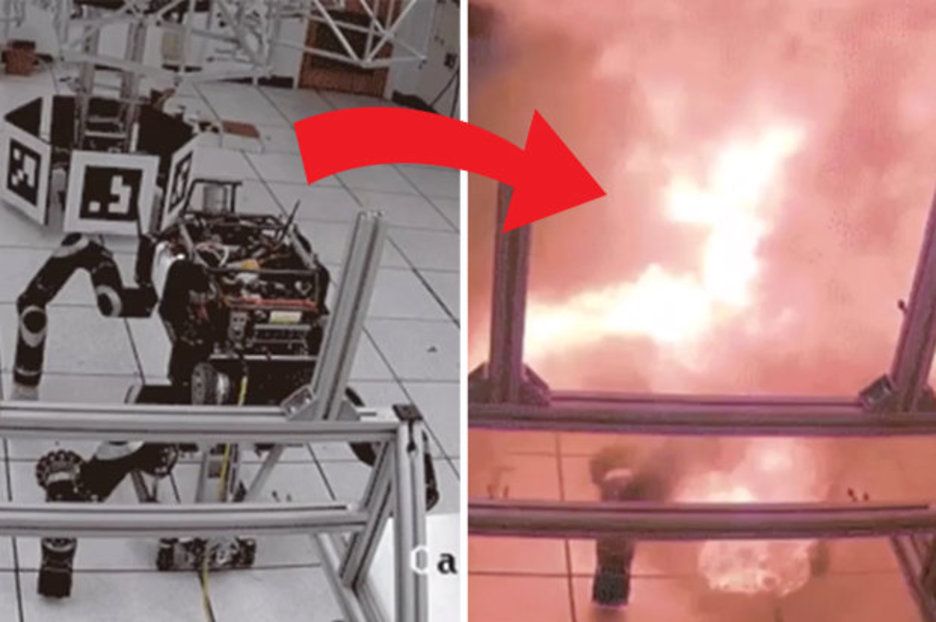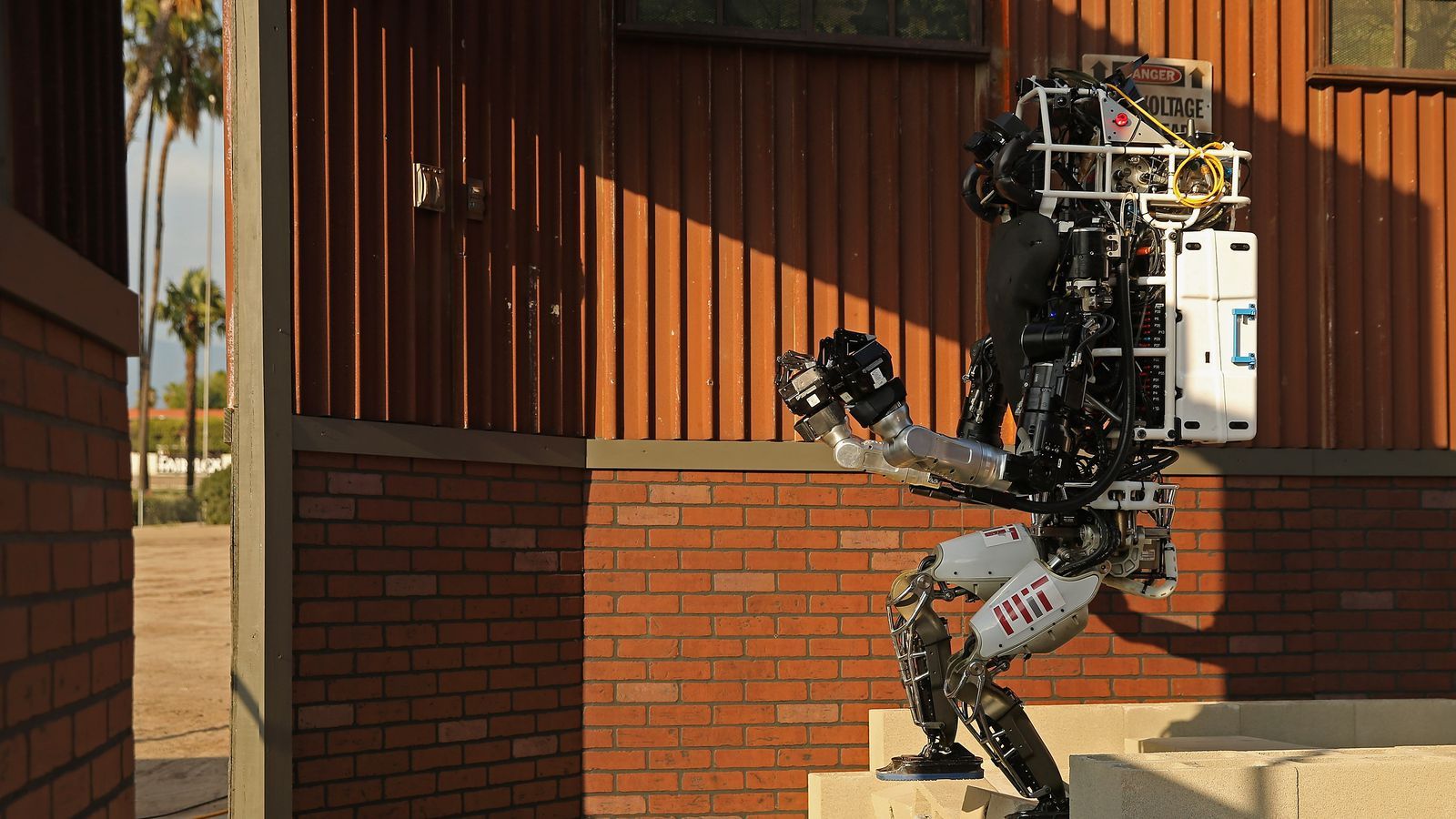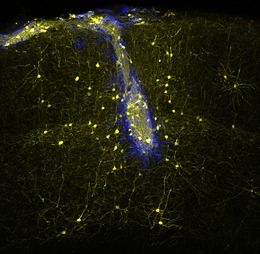Yikes.
A ROBOT designed by NASA for search and rescue missions was caught on camera as it burst into flames in a blast “as powerful as a stick of dynamite”.


Ready to leave your body behind? Scientists have developed robots that people can remotely control and embody using their minds, a breakthrough set to revolutionize the lives of paralyzed patients. The Virtual Embodiment and Robotic Re-Embodiment (VERE) project “aims at dissolving the boundary between the human body and surrogate representations in immersive virtual reality and physical reality,” meaning that people genuinely feel like the surrogate body is an extension of themselves. Three volunteers have tried out a prototype, and the results are promising.
“The feeling of actually embodying the robot was good, although needless to say, the sensation varied over time,” said Alessandro, a volunteer on the project, in an interview published Wednesday. “When the robot was stationary, the feeling of embodiment was low, but the moment I gave the first command or changed direction, there was this feeling of control and increased embodiment.”
The three volunteers, based in Italy, placed an electroencephalogram (EEG) cap on their heads that scanned for brain activity through the scalp. Patients were given a video feed of what a robot in Japan could see, superimposed with arrows. When the wearer focused on one arrow, the machine was able to detect the signal and send it remotely to the robot.
These little robots can swarm like insects — or form an orderly queue. (Original video from the University of Toronto: http://ow.ly/VWUu305GNKK)


Story just in time for Halloween.
The prospect of artificial intelligence is scary enough for some, but Manuel Cebrian Ramos at CSIRO’s Data61 is teaching machines how to terrify humans on purpose.
Dr Cebrian and his colleagues Pinar Yanardag and Iyad Rahwan at the Massachusetts Institute of Technology have developed the Nightmare Machine.
This is an artificial intelligence algorithm that is teaching a new generation of computers not only what terrifies human beings, but also how to create new images to scare us.

Fortifying cybersecurity is on everyone’s mind after the massive DDoS attack from last week. However, it’s not an easy task as the number of hackers evolves the same as security. What if your machine can learn how to protect itself from prying eyes? Researchers from Google Brain, Google’s deep Learning project, has shown that neural networks can learn to create their own form of encryption.
According to a research paper, Martín Abadi and David Andersen assigned Google’s AI to work out how to use a simple encryption technique. Using machine learning, those machines could easily create their own form of encrypted message, though they didn’t learn specific cryptographic algorithms. Albeit, compared to the current human-designed system, that was pretty basic, but an interesting step for neural networks.
To find out whether artificial intelligence could learn to encrypt on its own or not, the Google Brain team built an encryption game with its three different entities: Alice, Bob and Eve, powered by deep learning neural networks. Alice’s task was to send an encrypted message to Bob, Bob’s task was to decode that message, and Eve’s job was to figure out how to eavesdrop and decode the message Alice sent herself.

Soon, we see Legos that self assemble from 4D printers, printers that can recycle robots & devices and produce a more improved robot and/ or devices. The days of manually working on equipment, autos, etc. will be gone except for the eccentric hobbyist.
Open-source hardware could democratize the future of robots.

Embryonic neural stem cells transplanted into damaged areas of the visual cortex of adult mice were able to differentiate into pyramidal cells — forming normal synaptic connections, responding to visual stimuli, and integrating into neural networks — researchers at LMU Munich, the Max Planck Institute for Neurobiology in Martinsried and the Helmholtz Zentrum München have demonstrated.
The adult human brain has very little ability to compensate for nerve-cell loss, so biomedical researchers and clinicians are exploring the possibility of using transplanted nerve cells to replace neurons that have been irreparably damaged as a result of trauma or disease, leading to a lifelong neurological deficit.

